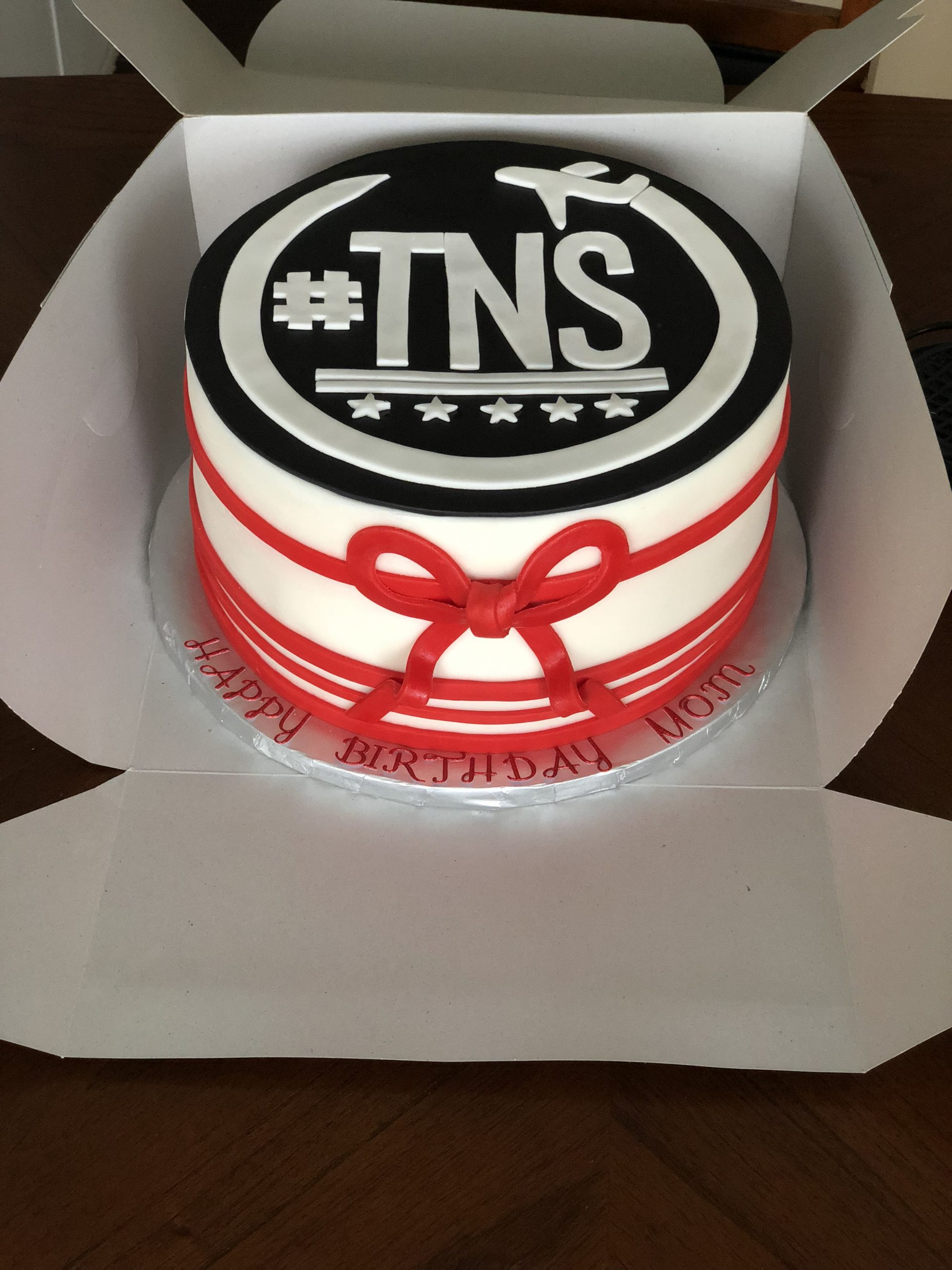Cake delivery can seem straightforward, but without proper preparation, it can turn into a potential disaster. While I’ve been fortunate not to encounter any delivery mishaps, I understand that accidents can happen.
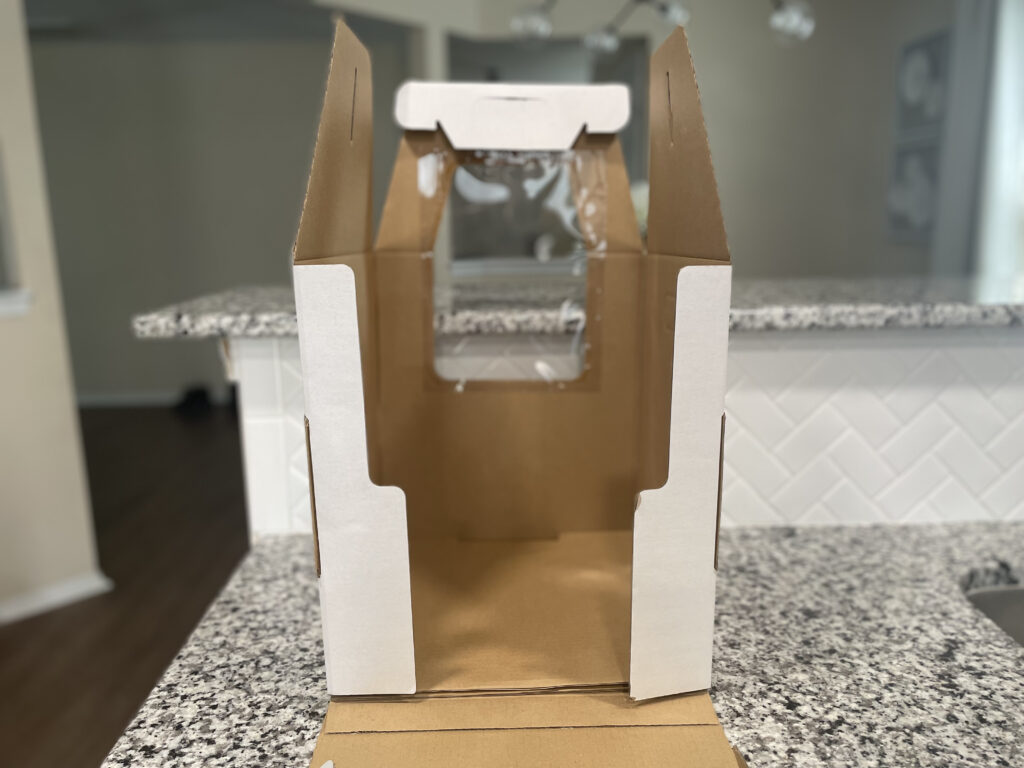
That’s why it’s crucial to be well-informed about the ingredients you’ve used in your cake and how they might react to the climate. Additionally, knowing how to handle a cake during the delivery process is essential.
Tip 1: Consider the Environmental Factors
The weather can significantly impact cake delivery. Baking a cake in the summer differs greatly from doing so in the winter. Extreme temperatures can pose challenges, so it’s wise to recommend suitable frosting options to your clients that can withstand the heat.
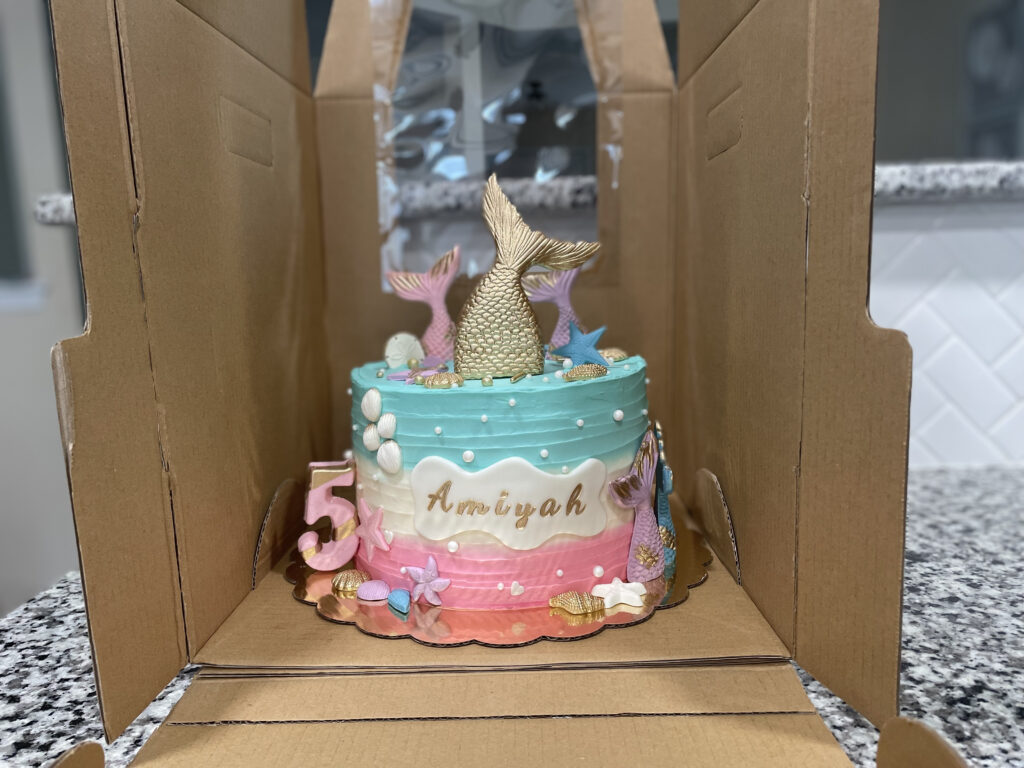
For instance, buttercream tends to hold up well in warm conditions. I’ve successfully delivered cakes to outdoor venues without any issues, thanks to the choice of frosting. Understanding how ingredients react to temperature changes is key to a successful delivery.
Tip 2: Properly Prepare Your Cake for Transit
When it comes to preparing a cake for delivery, I take extra precautions. I always assume that the worst could happen during transit, even though you can’t prevent every possible mishap. However, proper preparation can provide peace of mind.
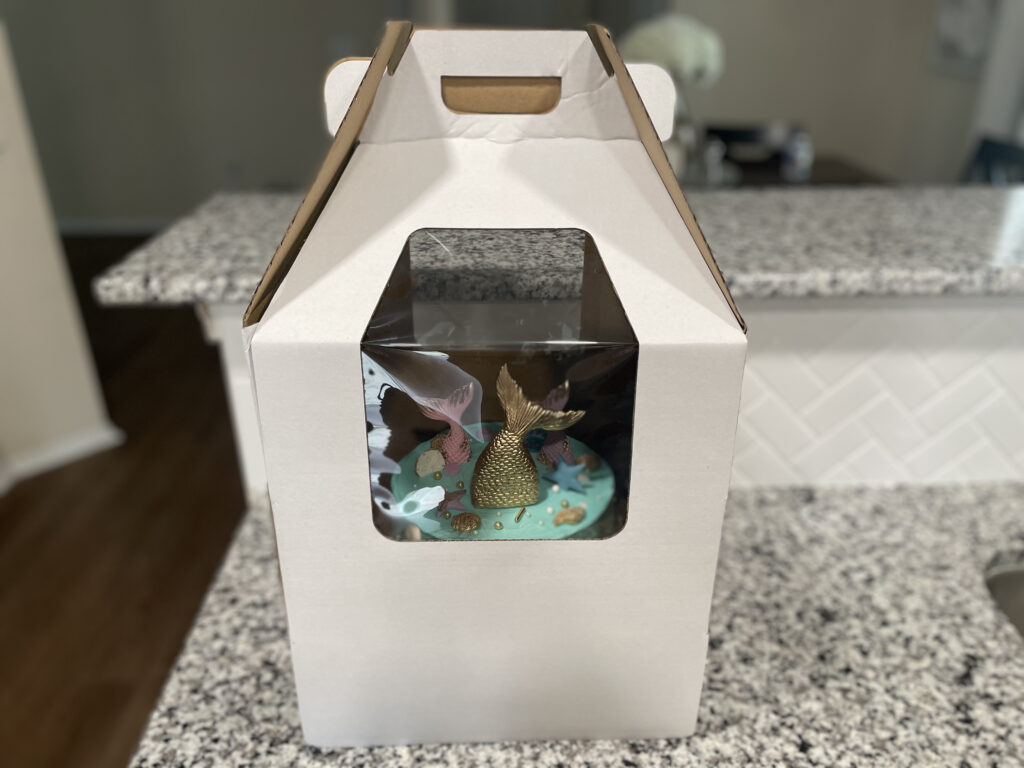
For one and two-tiered cakes, I place a large piece of tape at the bottom of the box and then set the cake on top of it. This idea came to me after hearing the cake slide around during a delivery whenever I made a turn. Thankfully, the cake arrived safely. For cakes with three or more tiers, I place each tier in separate boxes to prevent any damages.
Upon arrival at the venue, I assemble the cake. If the cake is for pickup, I insert a large dowel through the center, stack each tier, and wrap it in plastic wrap. Afterward, I add a piece of tape inside the box and seat the cake on top to secure it. For an extra layer of protection, you can use bubble wrap around the cake inside the box to minimize the risk of damage.
Tip 3: Drive Carefully and Allow Extra Time
When delivering a cake, it’s crucial to drive cautiously. Speeding, hitting bumps at high speeds, or making sharp turns can be detrimental to the cake. To ensure stability, place the cake on a flat surface in the vehicle used for delivery. An SUV or mid-sized vehicle is ideal for transporting cakes, but if you don’t have one, ensure the cake sits on a flat surface to prevent leaning, which could damage the cake.
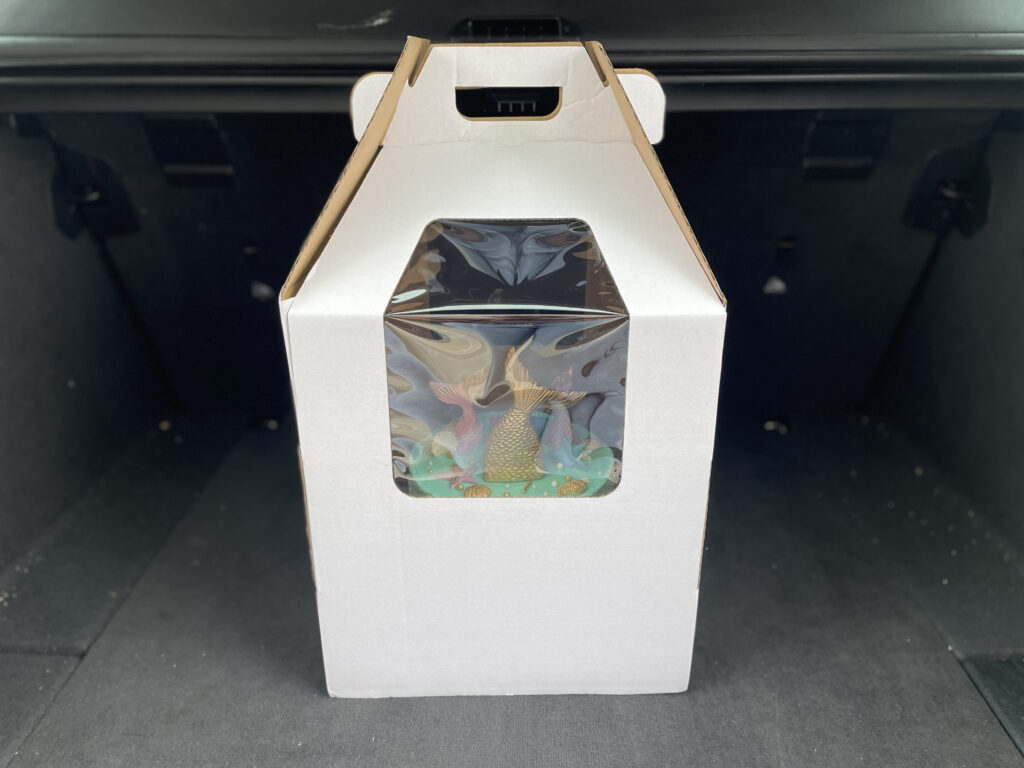
Another important consideration is giving yourself extra time for delivery. If you need to maintain a specific speed to safeguard the cake, allocate an extra 30 minutes for the journey. This minimizes the risk of rushing or exceeding speed limits to make it to the venue on time.
No More Delivery Disasters!
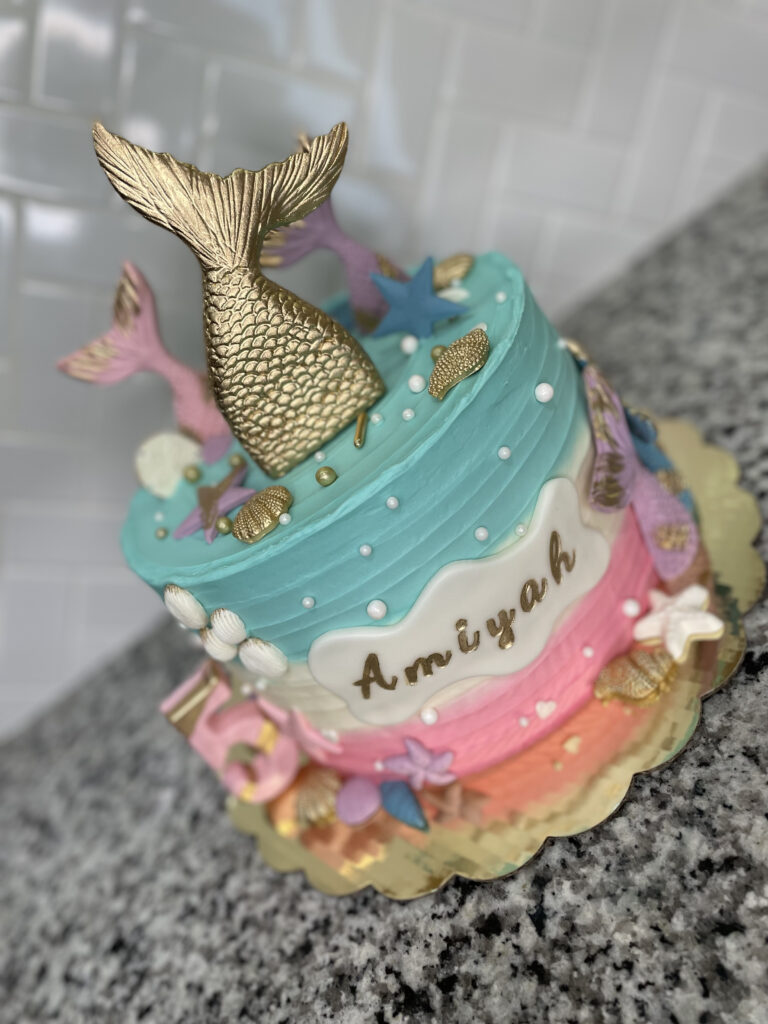
Decorating cakes is the fun part, but delivering them can be nerve-wracking. The fear of a damaged cake during transit is real. However, these tried-and-true tips will give you the confidence to prepare your cakes for a smooth journey to their destination.

